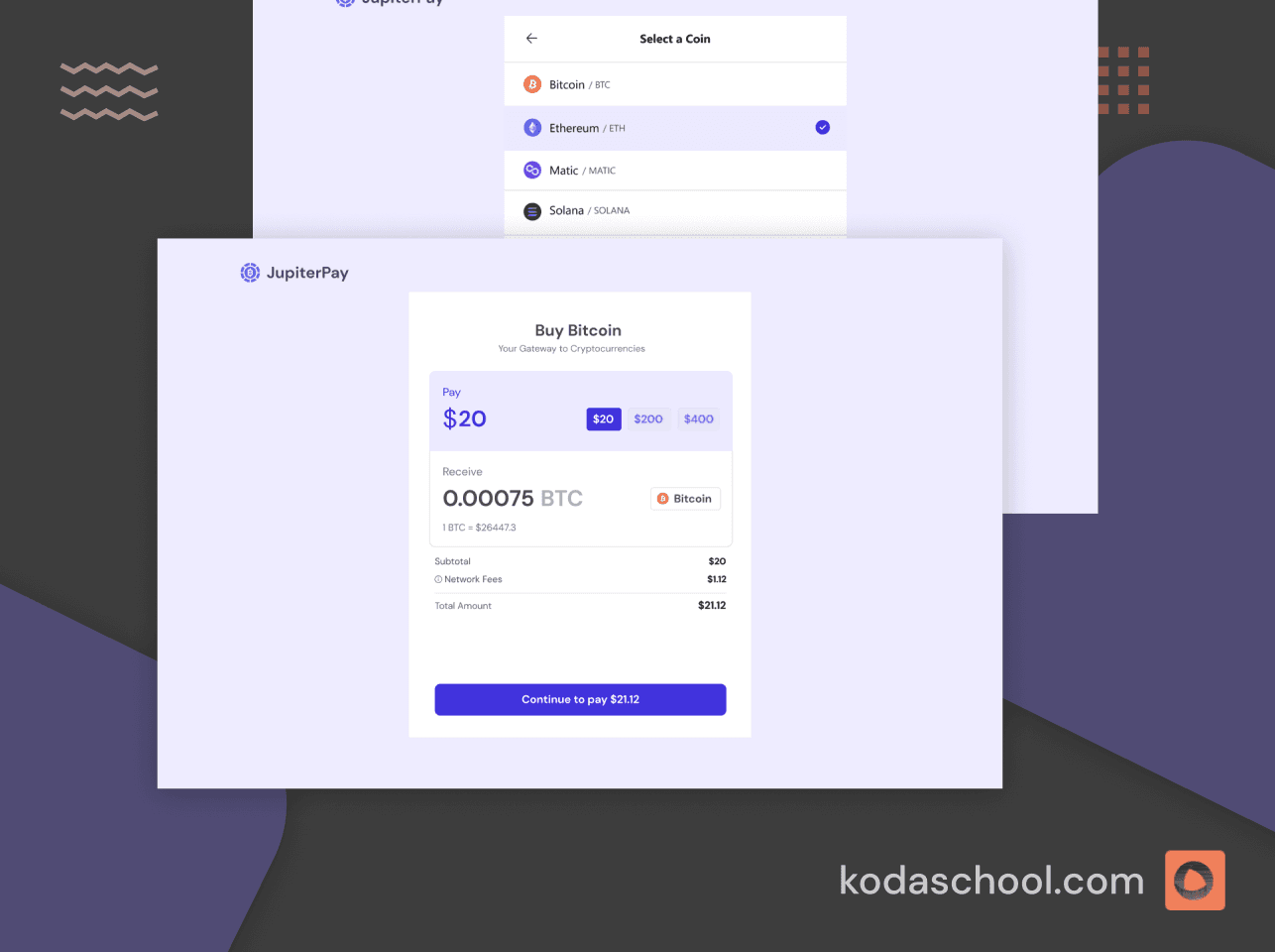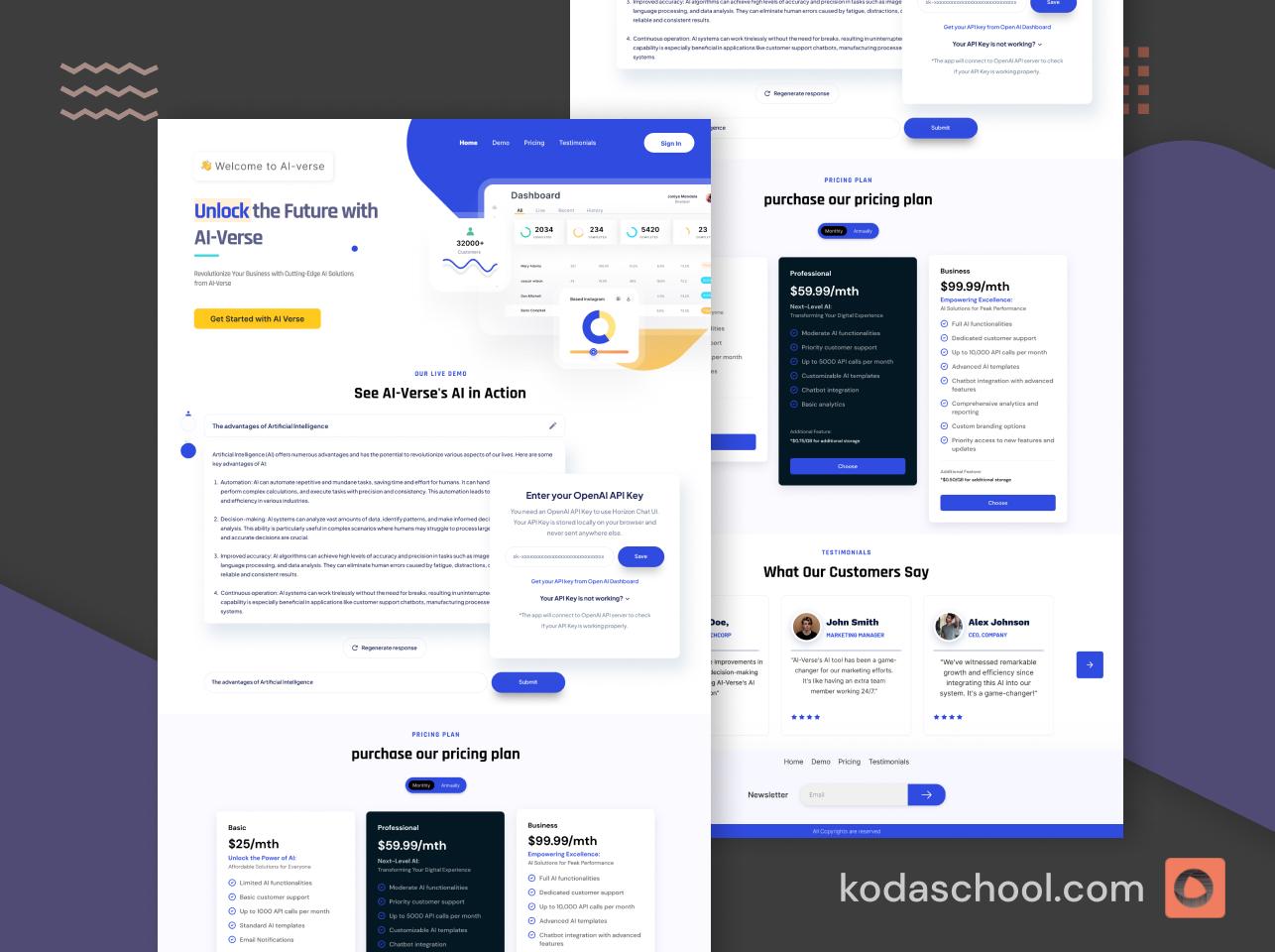AWS Interview Questions
Explore essential AWS interview questions and answers for all levels—prepare effectively for your AWS interview with insights into basic, intermediate, and advanced topics.
For professionals seeking to join the ranks of companies utilizing AWS, preparing for an AWS interview is crucial. The interview questions can vary significantly, ranging from basic inquiries about AWS services to complex scenarios requiring advanced understanding and strategic thinking. This article provides a curated list of sample AWS interview questions and answers, designed to help candidates at all levels—from beginners to experienced professionals—navigate their interview process with confidence. By understanding these key questions and their answers, you can demonstrate your expertise in AWS and stand out in competitive interview settings.
Easy Questions
What is AWS?
AWS, or Amazon Web Services, is a comprehensive, evolving cloud computing platform provided by Amazon. It offers a mix of infrastructure as a service (IaaS), platform as a service (PaaS), and packaged software as a service (SaaS) offerings. AWS services can provide organizations with computing power, database storage, and content delivery services to help them scale and grow.
What is Amazon EC2?
Amazon EC2, or Elastic Compute Cloud, is one of AWS's central services, providing resizable compute capacity in the cloud. It is designed to make web-scale cloud computing easier for developers. EC2 offers a virtual computing environment, allowing users to use virtual machines—instances—according to their needs.
Explain the key benefits of cloud computing.
The key benefits of cloud computing include:
- Cost Efficiency: Reduces physical hardware investments, and you pay only for the resources you consume.
- Scalability: Easily scale up or down based on demand, accessing resources only when needed.
- Reliability: Enhanced disaster recovery and data redundancy due to distributed resources.
- Performance: Optimized performance through global network of secure data centers.
- Speed and Agility: Rapid deployment of resources means faster time to market for applications.
What is Amazon S3 and why is it important?
Amazon S3 (Simple Storage Service) is an object storage service that offers industry-leading scalability, data availability, security, and performance. This means customers of all sizes and industries can use it to store and protect any amount of data for a range of use cases, such as websites, mobile applications, backup and restore, archive, enterprise applications, IoT devices, and big data analytics. S3's importance comes from its robustness and flexibility in handling large-scale data storage.
Describe what an IAM Role is in AWS.
An IAM Role in AWS is a set of permissions that define what actions are allowed and denied on AWS resources. It is not associated directly with a specific user or group. Instead, roles can be assumed by anyone who needs them, which provides a secure way to grant permissions to entities that you trust.
How does AWS ensure data security?
AWS ensures data security using a multi-layered approach:
- Data Encryption: Offers both at-rest and in-transit encryption across all services.
- Network Security: Provides robust networking that enables private subnets and the option to use a virtual private cloud.
- Identity and Access Management (IAM): Controls who can access what resources, with detailed access policies.
- Compliance: Meets various compliance standards ensuring that data is handled safely.
What are AWS Regions and Availability Zones?
AWS Regions are separate geographic areas that AWS uses to house its infrastructure. These regions are further subdivided into Availability Zones, which consist of one or more discrete data centers with redundant power, networking, and connectivity. They are designed to provide customers with the option to operate production applications and databases that are more highly available, fault-tolerant, and scalable than would be possible from a single data center.
What is auto-scaling in AWS?
Auto-scaling in AWS allows you to automatically adjust the amount of computational resources based on the server load. It can be used to ensure that the number of Amazon EC2 instances adjusts automatically according to conditions you define. This can help reduce costs during off-peak times and maintain performance during peaks.
Name a few AWS services that are used for networking.
Some of the key AWS services used for networking include:
- Amazon VPC (Virtual Private Cloud): Allows you to provision a logically isolated section of the AWS Cloud where you can launch AWS resources in a virtual network that you define.
- AWS Direct Connect: Makes it easy to establish a dedicated network connection from your premises to AWS.
- Amazon Route 53: A scalable and highly available Domain Name System (DNS) web service.
- Elastic Load Balancing (ELB): Automatically distributes incoming application traffic across multiple targets, such as EC2 instances.
Describe what Amazon RDS is and its benefits.
Amazon RDS (Relational Database Service) is a managed relational database service that supports different database engines like MySQL, PostgreSQL, Oracle, SQL Server, and MariaDB. Benefits of Amazon RDS include:
- Simplified Management: Automates time-consuming administration tasks such as hardware provisioning, database setup, patching, and backups.
- Scalability: Allows you to scale your database's compute and storage resources with minimal downtime.
- Availability and Durability: Offers high availability with automated backups, database snapshots, and automatic host replacement.
- Cost-Effectiveness: You pay only for the resources you actually use, which helps keep costs down.
Intermediate Questions
Explain the concept of a load balancer in AWS.
In AWS, a load balancer serves as a traffic cop, directing incoming network traffic across multiple targets such as EC2 instances, ensuring that no single server bears too much demand. By spreading the traffic evenly, load balancers enhance the application's responsiveness and availability. AWS offers various types of load balancers that fit different use cases, such as Application Load Balancer suitable for HTTP and HTTPS traffic, Network Load Balancer for TCP traffic where extreme performance is required, and Classic Load Balancer which is a legacy option.
What is Amazon VPC and what are its uses?
Amazon Virtual Private Cloud (VPC) allows you to provision a logically isolated section of the AWS Cloud where you can launch AWS resources in a virtual network that you define. You have complete control over your virtual networking environment, including selection of your own IP address range, creation of subnets, and configuration of route tables and network gateways. This enables you to use AWS resources like EC2 instances while maintaining isolation from other networks.
How does AWS support microservices architecture?
AWS supports microservices architecture through its various managed services that allow developers to build, deploy, and scale microservices independently. Services like AWS Lambda for serverless computing, Amazon ECS and EKS for container management, and API Gateway for creating, deploying, and managing secure APIs at scale, provide robust environments for microservices to run efficiently.
Discuss the role of AWS Lambda.
AWS Lambda is a serverless compute service that lets you run code without provisioning or managing servers. It automatically scales your application by running code in response to triggers from 100+ AWS services without requiring you to manage infrastructure. Lambda is ideal for use cases like event-driven computing, real-time file processing, and mobile backends.
What is AWS CloudFormation?
AWS CloudFormation provides a way to manage, configure, and provision AWS resources through code. By using CloudFormation, you can use a template to model and set up resources so that you can spend less time managing those resources and more time focusing on your applications. It supports the infrastructure-as-code paradigm, which allows you to automate the setup and provisioning of your infrastructure.
Describe how to secure a web application in AWS.
To secure a web application in AWS, you should start by using AWS WAF (Web Application Firewall) to protect your application from web exploits. Implementing identity and access management policies (IAM) to control access to AWS resources is crucial. You should also enable encryption for data in transit using TLS and data at rest using encryption services like AWS KMS. Regularly auditing the security configurations and compliance using AWS Config and other monitoring tools ensures ongoing protection.
What are the different types of storage available in AWS?
AWS offers a variety of storage options to suit different needs. These include Amazon S3 for object storage, EBS (Elastic Block Store) for block storage used with EC2 instances, Elastic File System (EFS) for file storage, and Amazon Glacier for long-term archival storage. Each storage type provides different features like high availability, durability, and cost-effectiveness.
Explain how AWS supports disaster recovery.
AWS supports disaster recovery by providing services that enable rapid recovery of your IT infrastructure and data. This includes geographical distribution of resources across multiple AWS regions and Availability Zones. AWS services such as Amazon RDS (automated backups), S3 (versioning and cross-region replication), and Amazon Route 53 (DNS service) can be configured to create a robust disaster recovery plan.
What is AWS CodeDeploy and how does it work?
AWS CodeDeploy automates code deployments to any instance, including EC2 instances and instances running on-premises. It enables you to rapidly release new features, helps avoid downtime during application deployment, and handles the complexity of updating your applications. You can use AWS CodeDeploy to automate software deployments, eliminating the need for manual operations.
Discuss AWS best practices for security.
Best practices for security in AWS include the principle of least privilege in IAM, where you grant minimal access needed for users and services to perform their tasks. Utilizing Multi-Factor Authentication (MFA) adds an extra layer of protection. Keeping all software and services up to date to protect against vulnerabilities is critical. Regularly reviewing security policies and using automated tools like AWS Config and AWS Shield for managing security settings and defending against DDoS attacks are also recommended.
Try Kodaschool for free
Click below to sign up and get access to free web, android and iOs challenges.
Advanced Questions
Explain detailed use-cases of multi-AZ deployments in AWS.
Multi-AZ deployments in AWS are primarily used for enhancing application availability and fault tolerance. For instance, in database services like RDS (Relational Database Service), deploying across multiple Availability Zones allows for automatic failover to a secondary database instance if the primary instance fails, ensuring minimal downtime. Similarly, for web applications, Multi-AZ deployments can balance loads and replicate data across zones, which not only protects against zone failures but also helps in maintaining seamless service delivery to end-users.
Discuss the integration of on-premise infrastructure with AWS.
AWS offers several services for integrating on-premise infrastructure with cloud resources, promoting a hybrid environment. AWS Direct Connect, for instance, establishes a dedicated network connection from on-premise to AWS, which enhances bandwidth throughput and provides a more consistent network experience than internet-based connections. Another key component is AWS Storage Gateway, which facilitates seamless connectivity between on-premise software applications and cloud-based storage to provide secure and scalable storage solutions.
What are the performance bottlenecks in AWS and how can they be addressed?
Common performance bottlenecks in AWS include network issues, instance limitations, and storage I/O bottlenecks. These can be addressed by optimizing instance sizes, utilizing enhanced networking features, and choosing the right storage types based on IOPS requirements. Additionally, implementing caching strategies and scaling horizontally (adding more instances) or vertically (upgrading existing instances) can help overcome these bottlenecks.
Explain how AWS supports big data solutions.
AWS provides a comprehensive ecosystem for big data solutions, facilitating storage, processing, and analysis of large datasets. Services like Amazon EMR (Elastic MapReduce) allow for cost-effective processing using open-source frameworks such as Hadoop and Spark. AWS Redshift offers a fast, scalable data warehouse that makes analytics simpler and more cost-effective. Moreover, AWS Glue provides serverless data integration service to prepare and transform data for analytics easily.
Describe the process and benefits of Elastic Beanstalk.
AWS Elastic Beanstalk allows developers to quickly deploy and manage applications in the AWS Cloud without worrying about the infrastructure. You simply upload your application, and Elastic Beanstalk automatically handles the deployment details like resource provisioning, load balancing, scaling, and monitoring. The benefits include ease of use, automatic scaling, and integration with other AWS services, which makes it ideal for developers to focus more on development without managing the underlying infrastructure.
How does AWS facilitate machine learning?
AWS facilitates machine learning through various services like Amazon SageMaker, which provides every developer and data scientist with the ability to build, train, and deploy machine learning models quickly. AWS also offers pre-built AI services for applications like language translation, image analysis, and personalized recommendations through services such as Amazon Rekognition, Amazon Translate, and Amazon Personalize.
Discuss the role of AWS in DevOps.
AWS enhances DevOps practices by providing a set of flexible services designed to enable companies to more rapidly and reliably build and deliver products using AWS and DevOps practices. These services simplify provisioning and managing infrastructure, deploying application code, automating software release processes, and monitoring your application and infrastructure performance.
What is Amazon Redshift and what are its key features?
Amazon Redshift is a fully managed, petabyte-scale data warehouse service in the cloud. Key features include high performance and scalability, cost-effectiveness, and built-in security features. It uses columnar storage and data compression to enhance query performance and can perform parallel queries across multiple nodes efficiently, making it ideal for handling large-scale data warehousing and analytics.
Explain how to automate deployments using AWS tools.
AWS provides several tools for automating deployments, notably AWS CodePipeline, AWS CodeDeploy, and AWS CloudFormation. CodePipeline automates the steps required to release software changes continuously. CodeDeploy automates application deployments to various AWS services like EC2, Lambda, and ECS. CloudFormation allows you to use a template file to automate and manage resources, making it easy to replicate environments for different stages of the development process.
What is infrastructure as code, and how does AWS implement it?
Infrastructure as Code (IaC) is a practice that enables the management of infrastructure in a descriptive model, using code, rather than manual processes. AWS implements IaC through AWS CloudFormation, which allows you to model your entire infrastructure in a text file. This template becomes the single source of truth for your cloud environment and can be versioned and reused.











